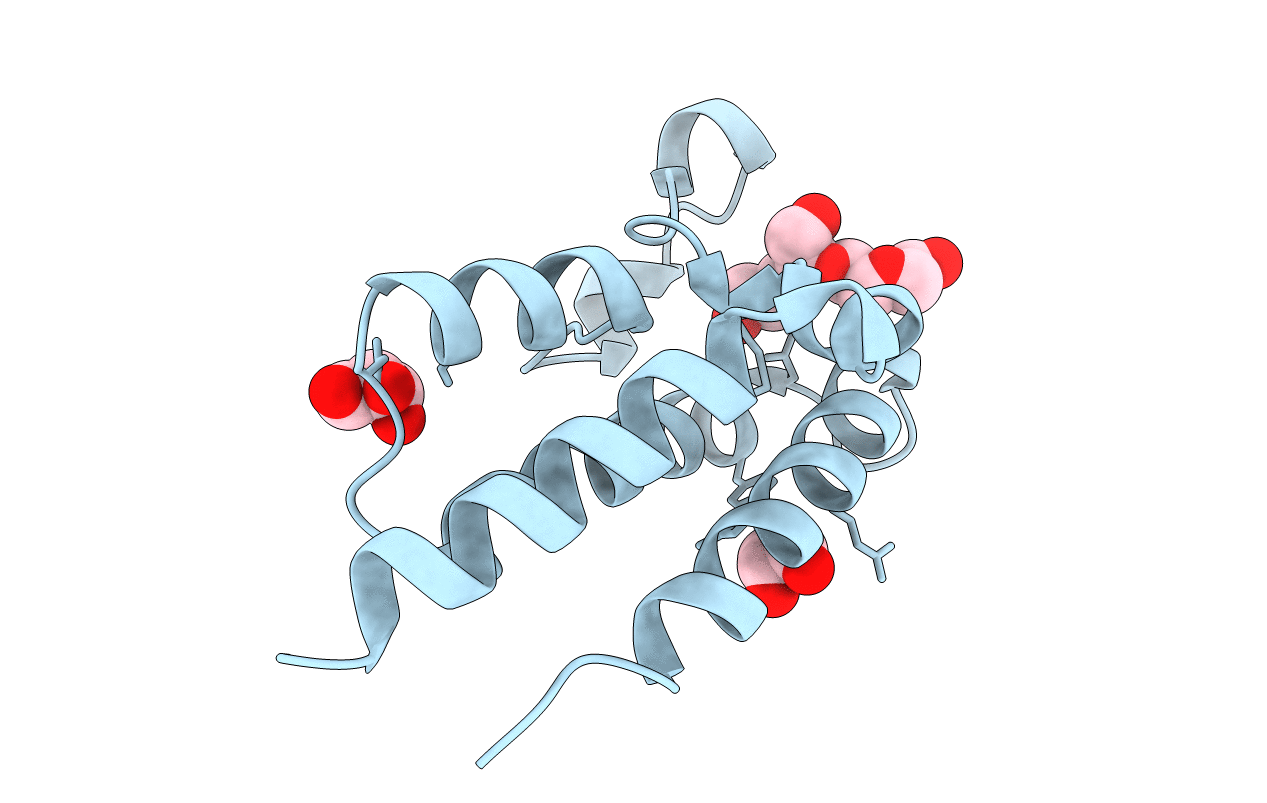
Deposition Date
2017-04-20
Release Date
2017-09-06
Last Version Date
2024-10-16
Entry Detail
PDB ID:
5XHE
Keywords:
Title:
Crystal structure analysis of the second bromodomain of BRD2 covalently linked to b-mercaptoethanol
Biological Source:
Source Organism:
Homo sapiens (Taxon ID: 9606)
Host Organism:
Method Details:
Experimental Method:
Resolution:
1.40 Å
R-Value Free:
0.17
R-Value Work:
0.14
R-Value Observed:
0.14
Space Group:
P 2 21 21


